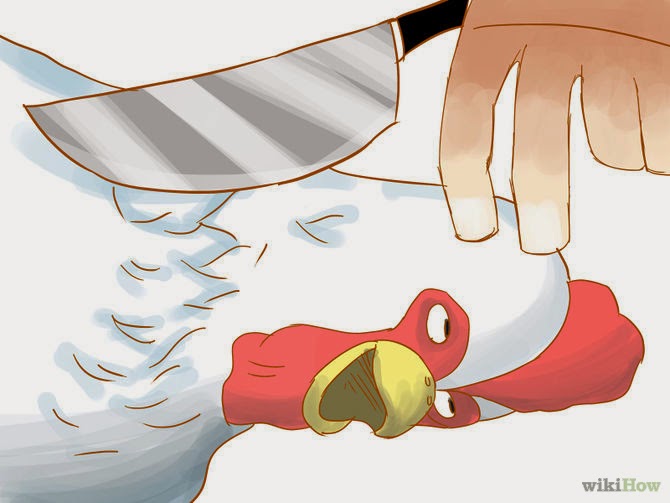Colman’s
Mustard and Chinese white cut chicken 白斬雞
The Colman brand of mustard is an iconic product with a long and celebrated history in England.
It is also a popular condiment among Chinese and as common as soy sauce in Chinese restaurants, which made me wonder how Chinese immigrants in America discovered or came to use mustard as a condiment, and whether they preferred the Colman brand.
Did they only discover it after coming to America or was it possible that they knew about it in China when the British came to control Hong Kong following the opium wars in the middle of the 19th century. Perhaps the British introduced mustard, or at least the Colman brand, to the Chinese. Or did the Chinese already use mustard in their cuisine before the British came but adopted the Colman brand introduced to them by the British?
Did they only discover it after coming to America or was it possible that they knew about it in China when the British came to control Hong Kong following the opium wars in the middle of the 19th century. Perhaps the British introduced mustard, or at least the Colman brand, to the Chinese. Or did the Chinese already use mustard in their cuisine before the British came but adopted the Colman brand introduced to them by the British?
Some food for thought.
On A Personal Note
On A Personal Note
Sundays
were a special day for our Chinese immigrant family for it was our one day of
rest from operating our laundry during the rest of the week. It was the only
time we could enjoy having a meal with the whole family, my parents and three
siblings.
Mom
would often buy a live chicken a day or two before Sunday and keep it in a
small crate with wood slats. I would “play
with it” before Sunday morning when mom would grab it by the feet with one hand
while holding a cleaver in the other.
Held upside down, the fowl would flap its wings desperately before mom
deftly used the cleaver to ‘slit its throat’ and quickly drop it into a
galvanized tin pail. I can still ‘hear’
the sound of its toenails scratching against the pail as its life ended. After
draining all the blood, mom would pluck its feathers before cooking it in a pot
of boiling water for a few minutes. I
was only about 4 years old, but mom didn’t hide this process from me, or make
any fuss over it so I was not particularly bothered watching how our Sunday
dinner came to be.
It
just seemed natural. Mom was just doing
what she did or saw done back in her Hoiping village in China. But thinking
back about it, I am surprised that I was not at all bothered by it.
The
fresh chicken was then poached, usually in a broth with cellophane-like chewy
but delicious seaweed. We kids would
often fight over getting the “innards” (eggs, liver, heart, gizzards), which
today you don’t get in the chickens from the supermarket. Mom gave us the best
parts, slices of the white meat, while she and father would chew on the parts
with bones.
We loved
to dip our pieces of chicken in a dish of soy sauce first and then in a dish of
mustard made by mixing Colman’s mustard powder with water. This mustard was so spicy that if you used
too much you would feel the top of your brain tingle or even feel numb for a
moment or two. It was a scary, but also exciting, sensation.
One
day I happened to read the label on the tin Colman container, or somewhere, how Colman mustard powder could be used as a foot bath for people with colds. I was horrified to learn that something we
loved to put on our chicken was the same stuff that other people applied to
their feet! I never heard of Chinese
using it that way so I inferred that only non-Chinese were so barbaric.








No comments:
Post a Comment